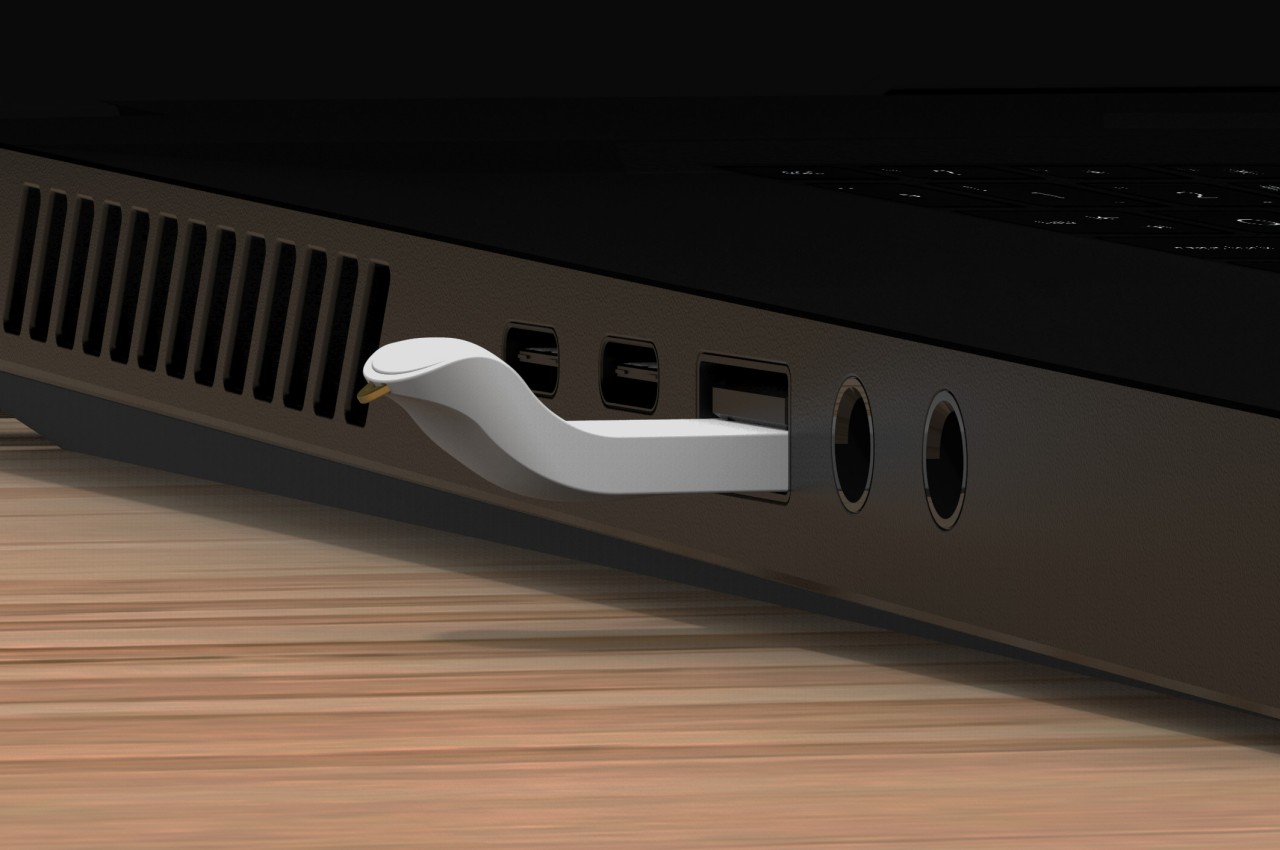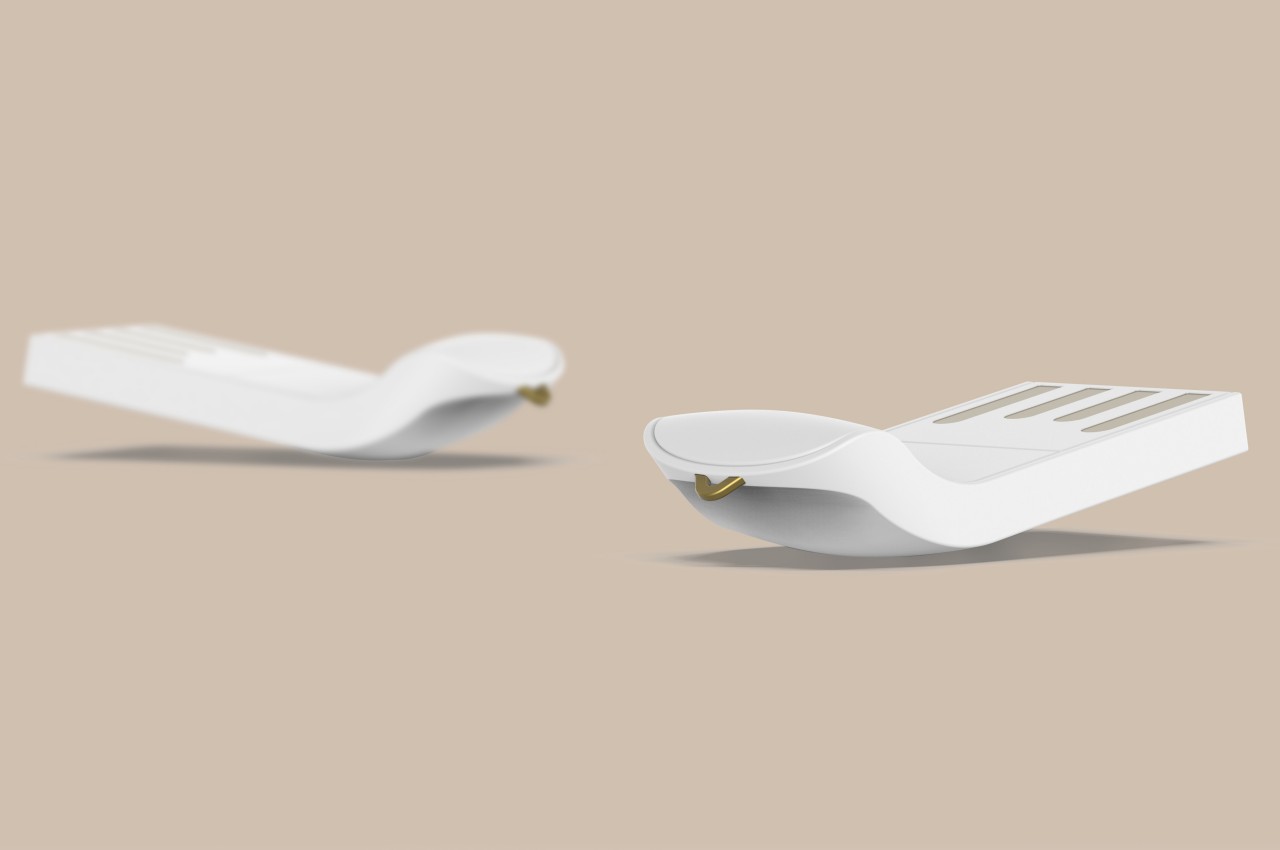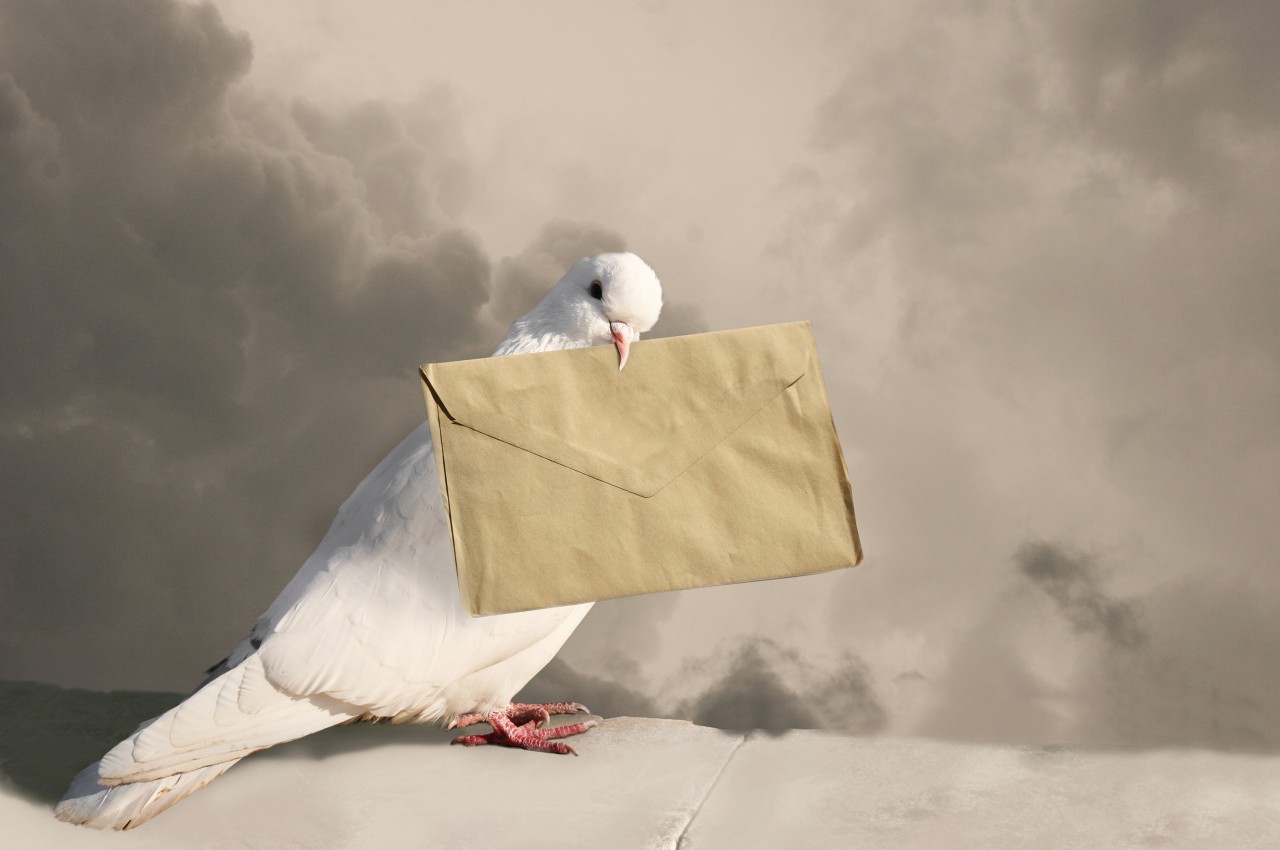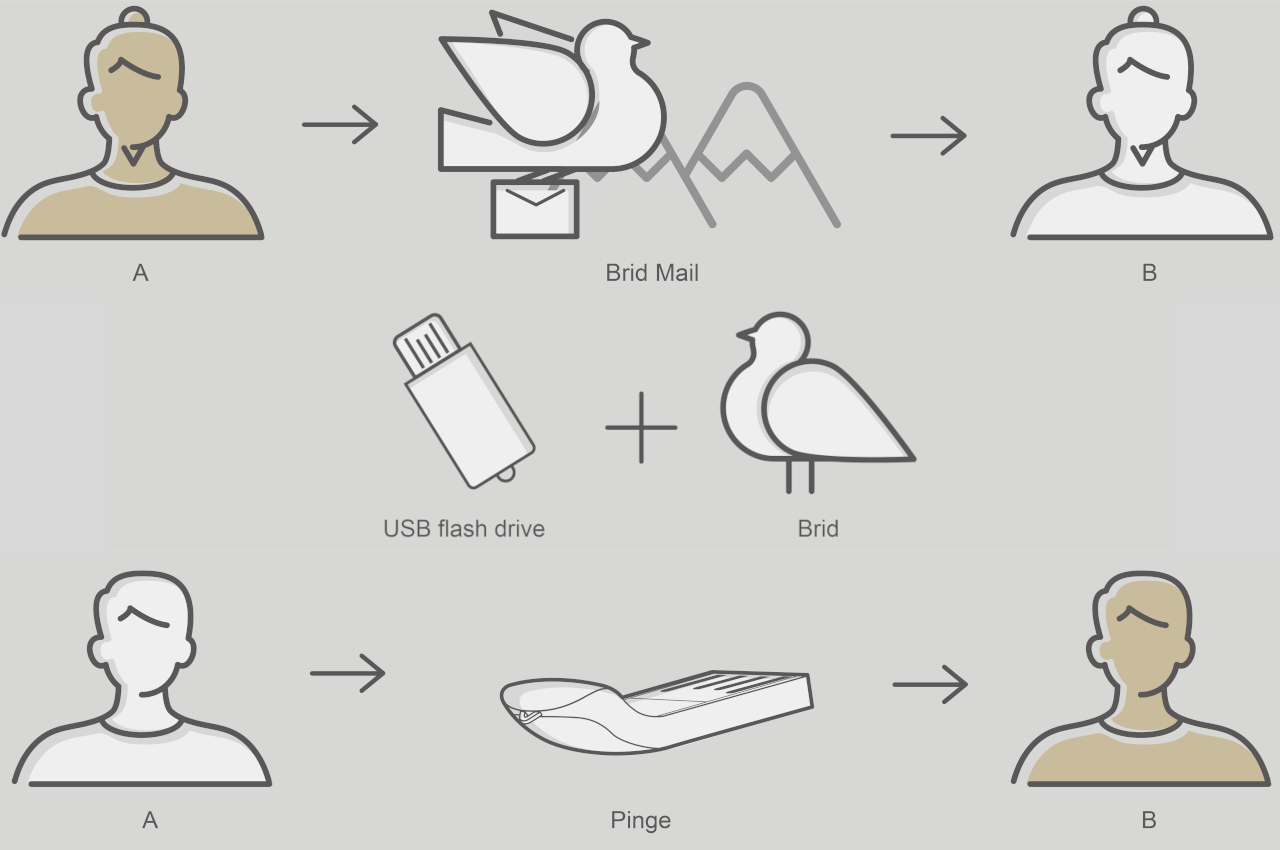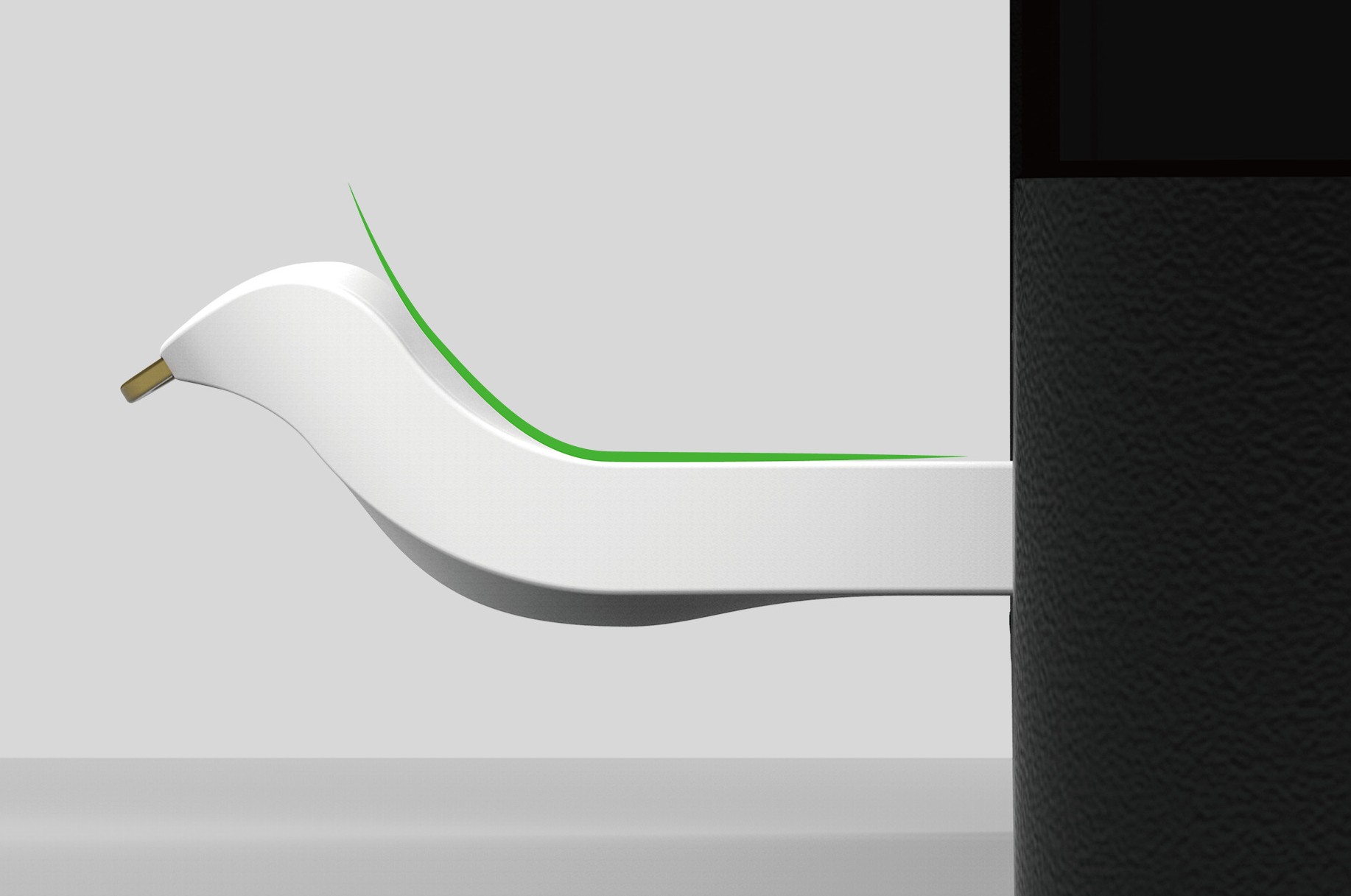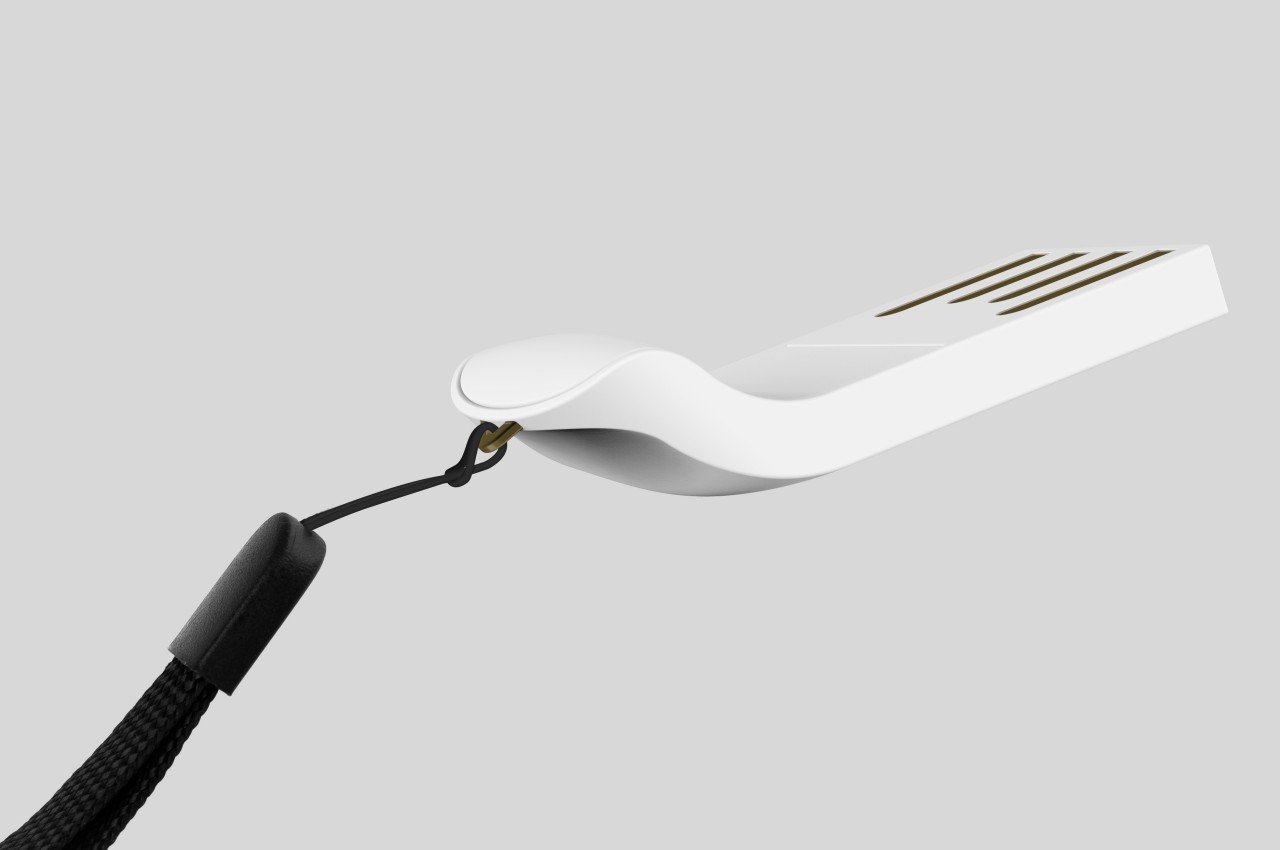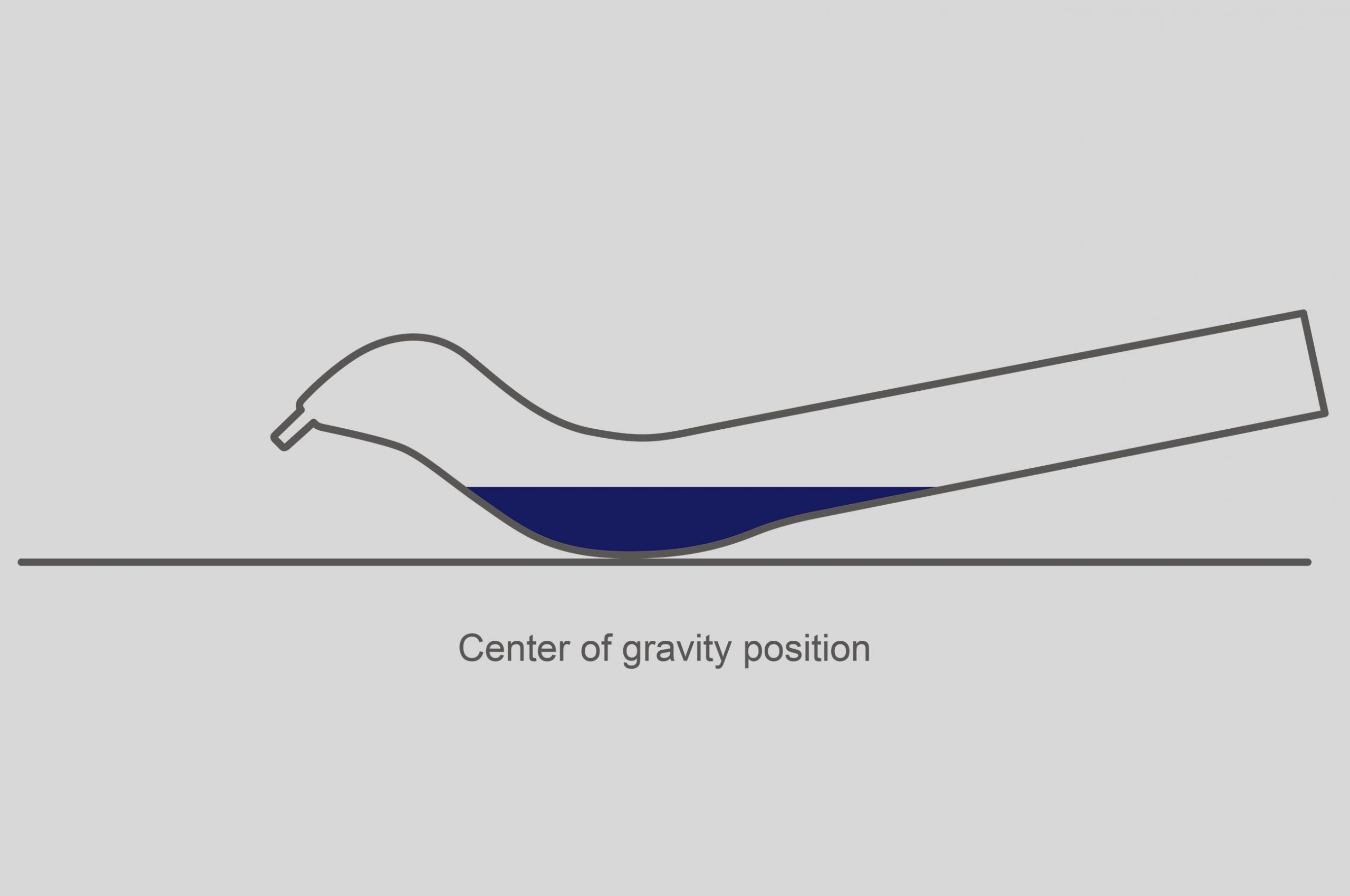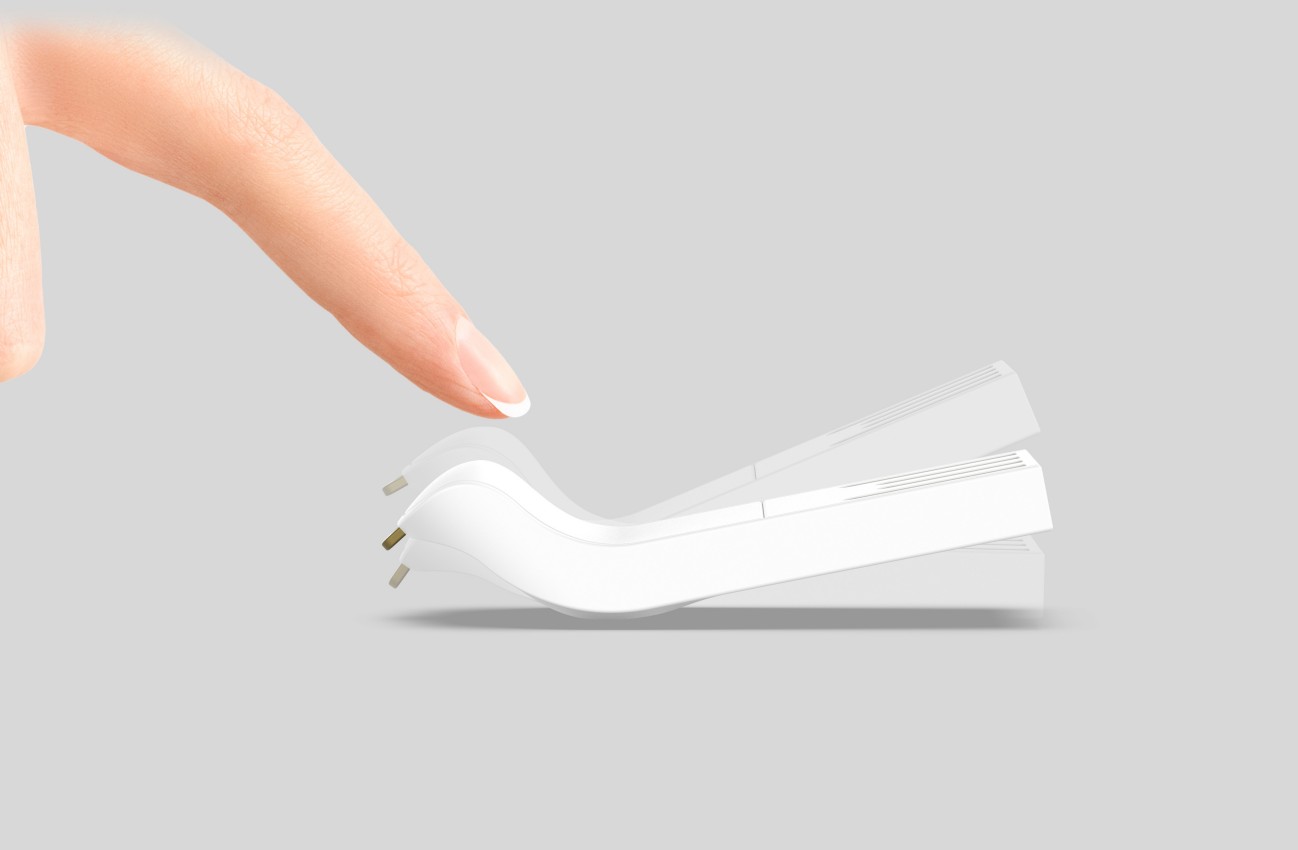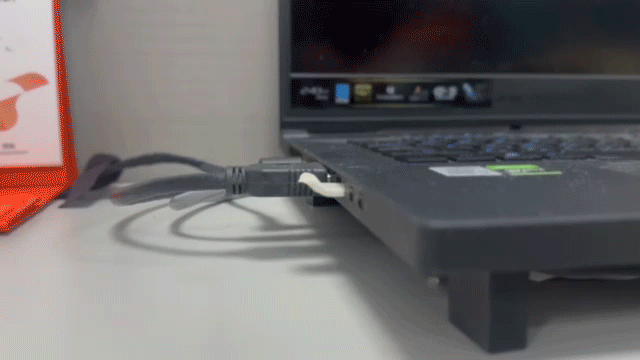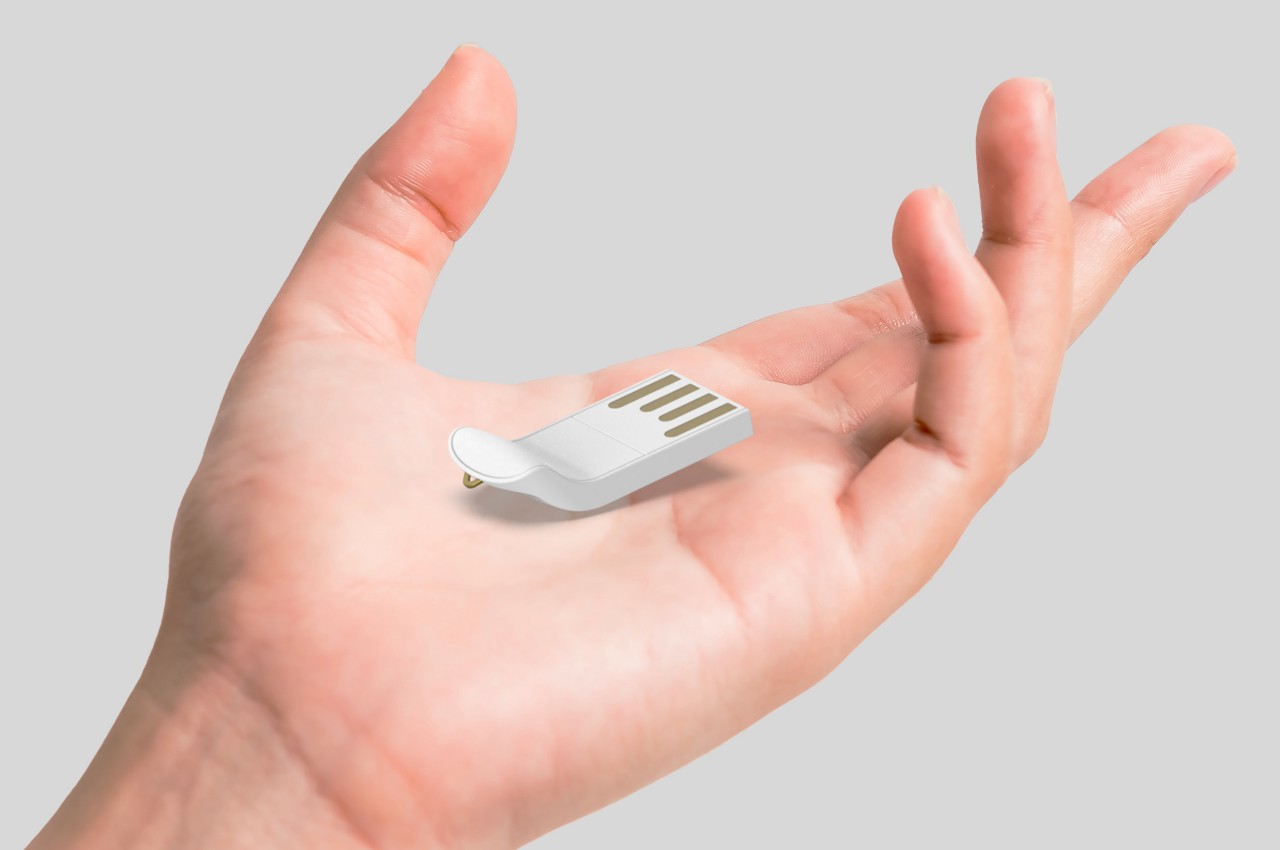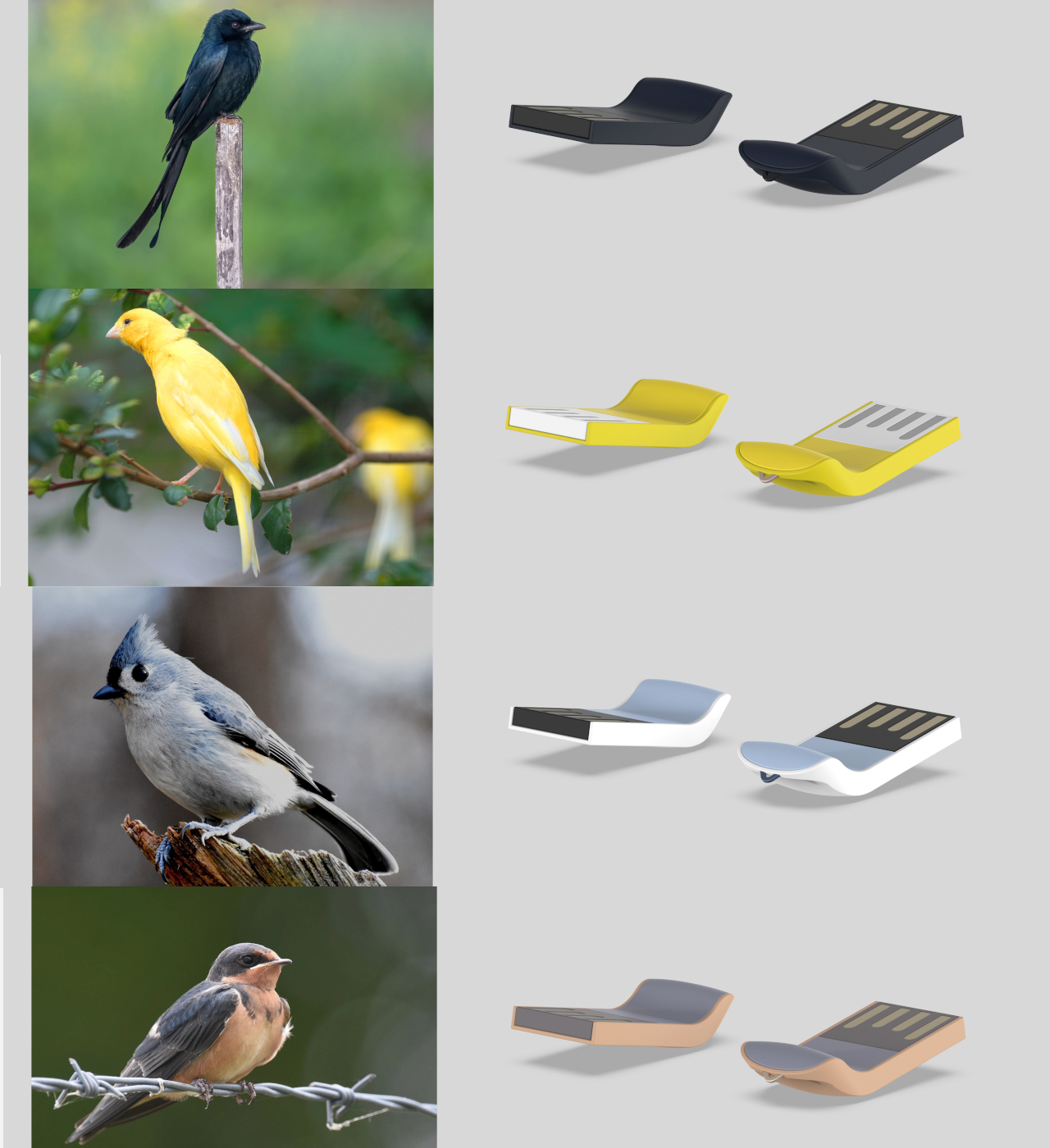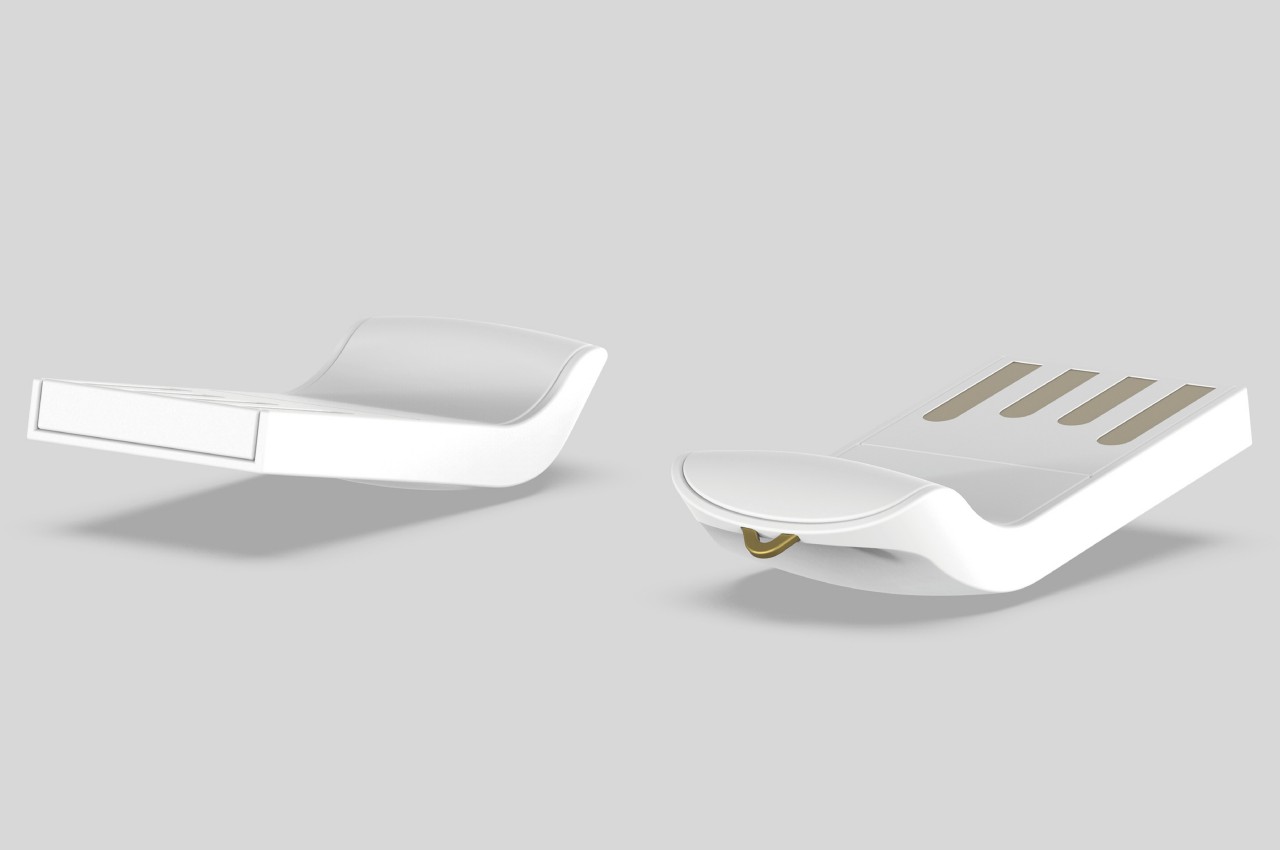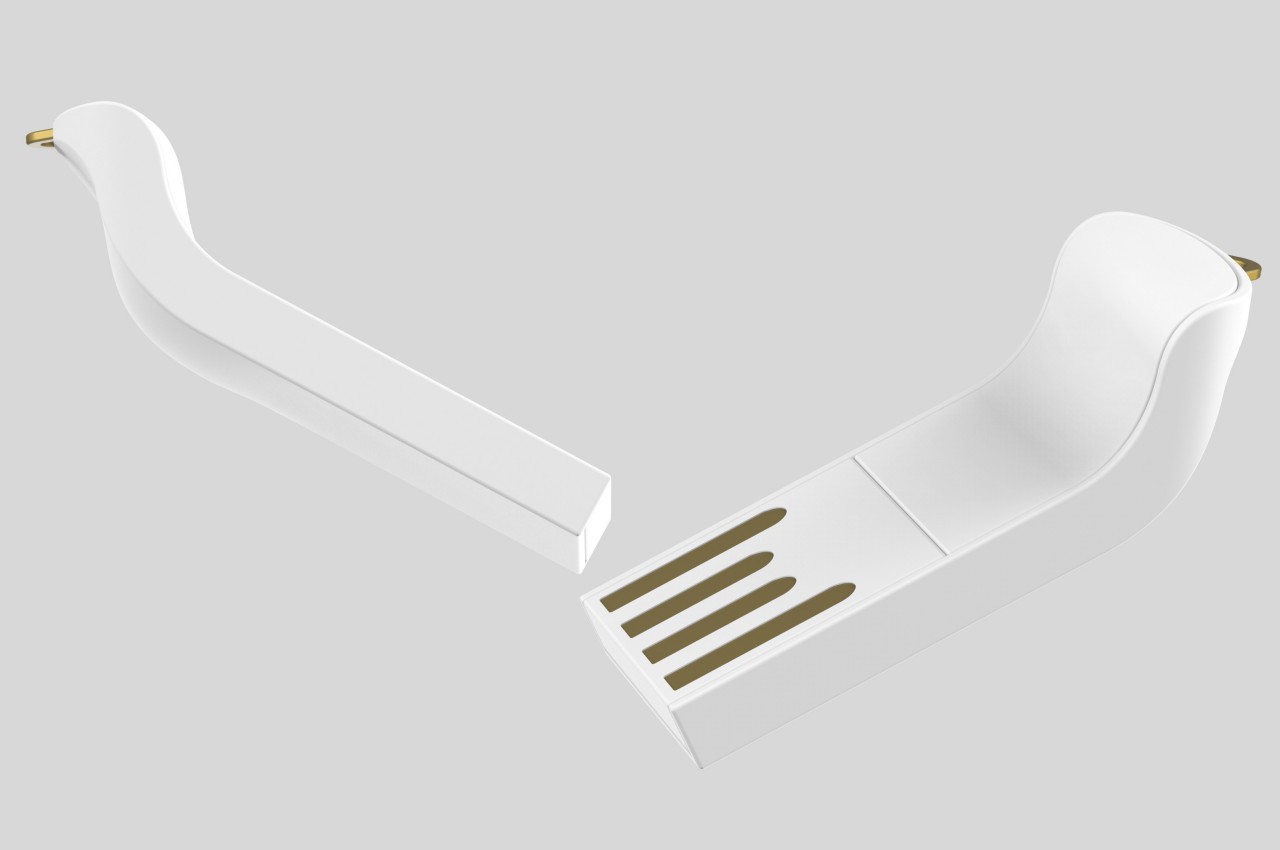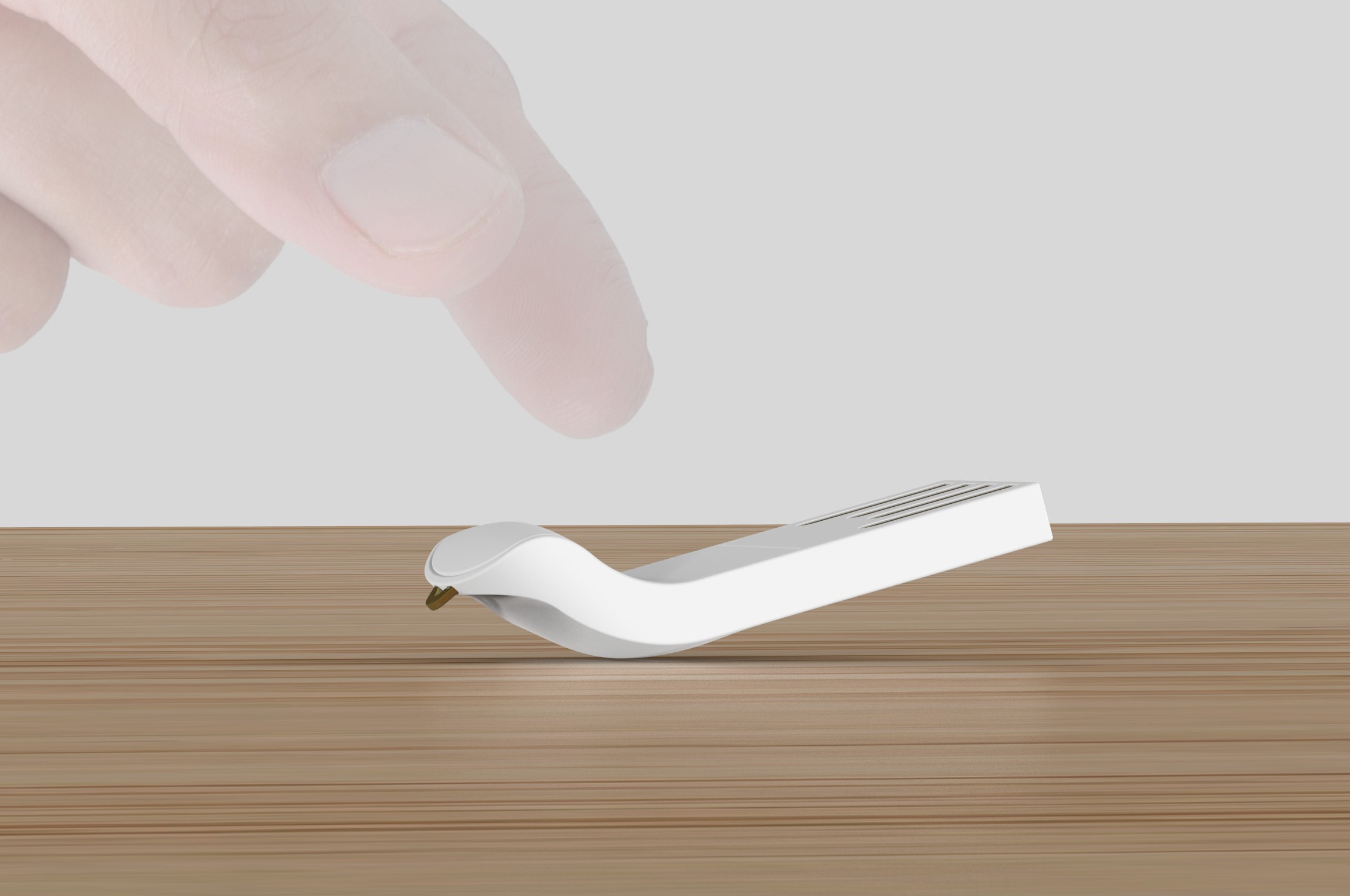
I live in a city where seeing birds out in the concrete jungle is very rare since all the noise, smog, and the tall buildings have probably scared them away. So when I visited New Zealand and saw birds just “walking” around and mingling with people (and stealing their food at times), I was enchanted and wished our cities were bird-friendly as well. It’s a good sign when an urban space has birds freely flying around and not afraid of people and their environment.
Designers: Mikołaj Nicer and Paweł Frej


Numbird is a nesting box that can invite small birds to rest and stay in it while also doubling as a street address marker since they’re shaped as digits. There’s a small hole in the middle that serves as the space where the birds can nest. So it’s just tiny birds that can fit into that although the bigger birds can perch on the numbers if they wanted to. The birdhouses are easy to assemble so it can be a group activity in your family or it can also be a community project to show that people and birds can co-exist even in a highly urbanized area.


The nesting box is made from waterproof plywood components that were impregnated with natural oil. The kit has all the necessary parts and tools needed to put together the birdhouses that are also your house or building number. It looks pretty easy to assemble so both kids and grown-ups can have a fun and easy time putting them together. They say that the shared number is not only a practical thing but also a symbolic element into “improving the lives of all city inhabitants”.


A lot of the natural habitats of these birds, particularly the small ones, have been destroyed by rapid urbanization. These digit-shaped nesting boxes cannot bring back their original homes or make them less afraid of interacting with humans but it’s a step towards helping humans and the avian species in our urban spaces “co-exist peacefully”.

The post Street number is a nesting space for tiny birds in the cities first appeared on Yanko Design.
